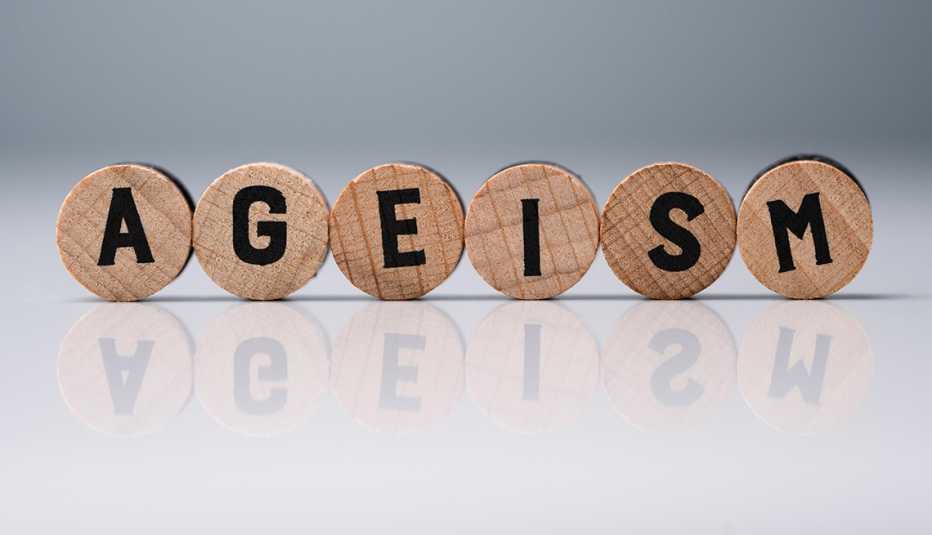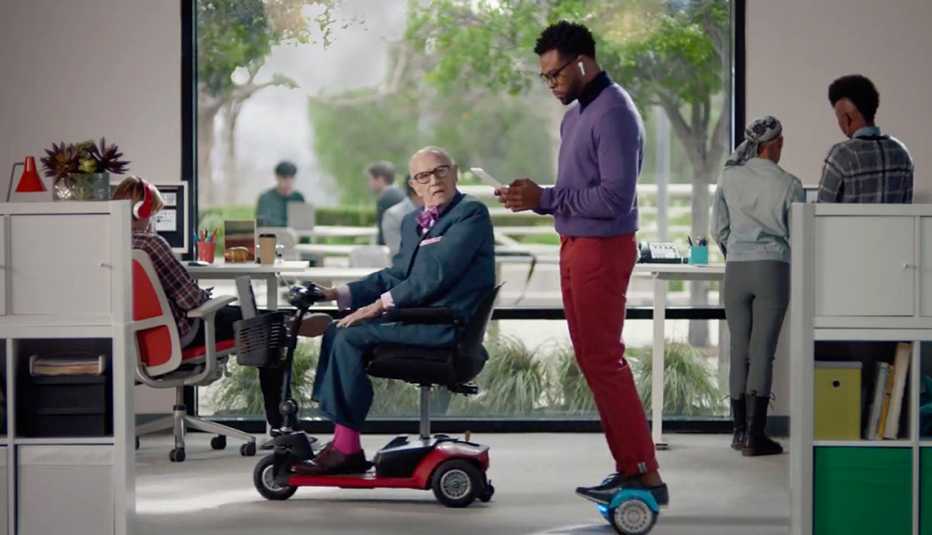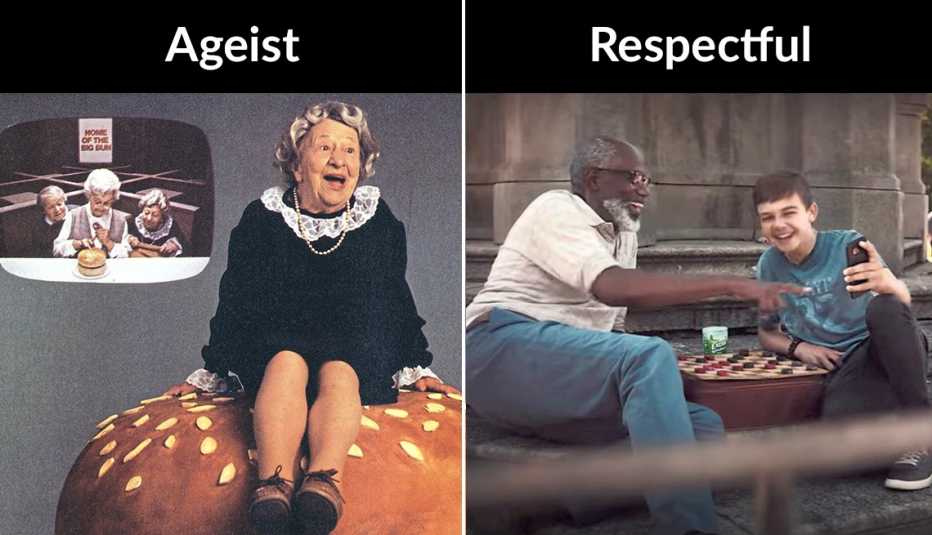AARP Hearing Center


It was an advertisement that warmed hearts across Europe last holiday season — and, eventually, many in the United States by way of social media.


An older man who appears to struggle just to get out of bed shuffles to a shed, where he starts lifting an ancient barbell. A neighbor rolls her eyes. Even his daughter is concerned. But the man persists. The payoff comes at a Christmas party where the man lifts his young granddaughter to put a star on the tree — his goal all along. Only then are you shown the logo of the Dutch pharmacy company DocMorris.
In terms of tenderness and respect for older people, the ad rivaled an American one by Gillette in 2017 called “Handle With Care.” It showed a real-life adult son caring for his aging father, who needs assistance with shaving after a stroke. The ad won multiple awards at the Cannes Lions festival, the largest gathering in the creative marketing community.


If only older adults were always so respected. But the truth is, ads that show contempt for older people are still far too common.
An egregious example was 2018's “Dear Young People, Don't Vote.” That ad, sponsored by the Washington, D.C.-based nonprofit Acronym, showed older people as selfish, uncaring, out-of-touch caricatures who are ruining the future through their lack of concern about the young. While the goal of the ad was noble — to get young people to vote — its approach was both divisive and derogatory.
That same year, E-Trade's ad “This Is Getting Old” enraged many people with its depictions of buffoonish older adults who were forced to work jobs they did not want and were not competent to do because they hadn't bothered to save for retirement. The ad campaign mocked retirees who were struggling financially and alienated those who actually control the largest share of wealth.
"Advertising that stereotypes older adults and reinforces negative biases is not harmless,” says Paul Irving, chairman of the Milken Institute Center for the Future of Aging. “Imagine this ad portraying women, people of color or LGBTQ individuals in the same way. The response would be angry, and rightly so. It's high time to call out ageism in advertising.”
A desire for change
A 2021 AARP survey showed that most consumers age 50-plus want marketing campaigns to grow up. Some 62 percent agreed with the statement “I wish ads had more realistic images of people my age.” And nearly half (47 percent) concurred that “ads of people my age reinforce outdated stereotypes.” Yet some advertisers still ignore or show little respect for older people — a remarkably shortsighted attitude.





























































More on work
Age Bias in Hiring Hurts Midcareer Workers Worldwide
Many recruiters perceive younger candidates as better fit, international survey finds
4 Things Millennials Need to Know About Age Discrimination
Bias in the workplace a growing concern for generation as oldest members turn 40
Workplace Age Discrimination Still Flourishes in America
It's time to step up and stop the last acceptable bias